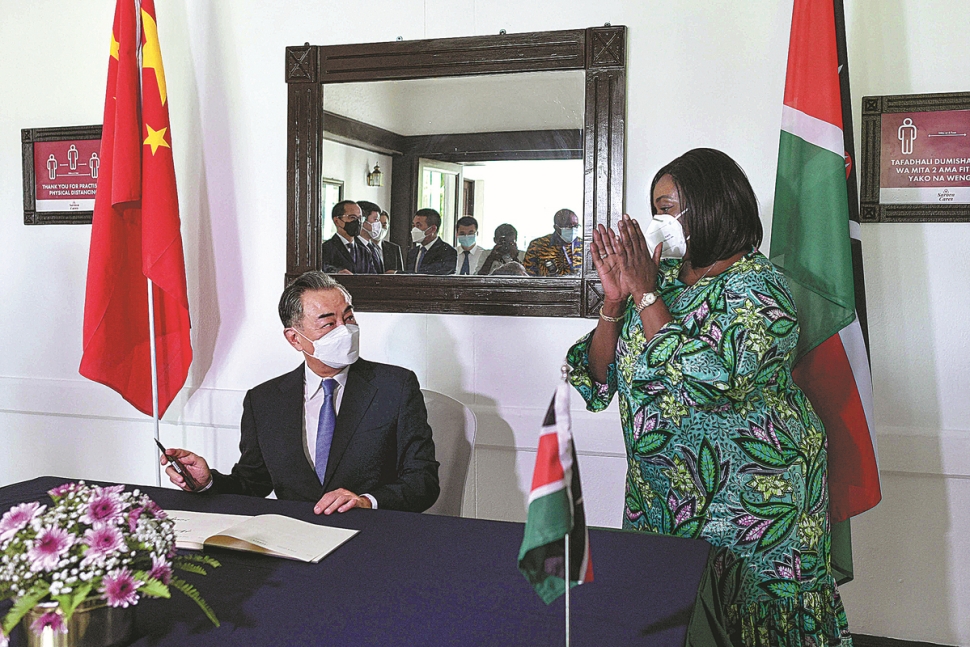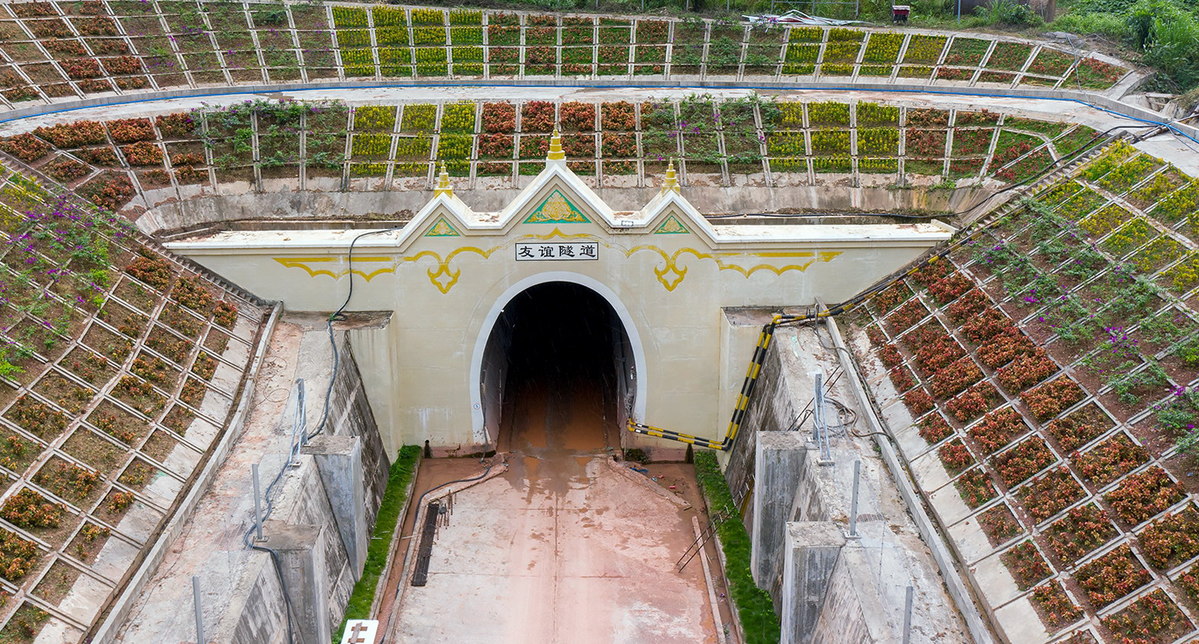trending topics
market reports
-

MEDICAL JAPAN 2025 OSAKA Returns to Showcase Global Innovations
2025-02-17
-

Visit MEDICAL JAPAN 2023 TOKYO and take full advantage of the business opportunities!
2023-09-01
-

US to distribute 400 million free N95 masks at CVS, Walgreens in COVID fight
2022-01-21
-

Ethiopia receives additional 2.2 mln doses of Chinese-donated COVID-19 vaccines
2022-01-21
-

Hong Kong researchers say they develop novel material able to kill COVID-19 virus
2022-01-14
-

10 million more Chinese doses on way for Kenya
2022-01-14
-

Sino-African ties on track for a brighter future
2022-01-07
-

Efforts urged to boost COVID-19 vaccine production capacity in poor countries
2022-01-07
-

UAE approves Sinopharm's new protein-based COVID-19 vaccine
2022-01-07
-

UAE approves Sinopharm's new protein-based COVID-19 vaccine
2022-01-07
Cross-border rail tunnel links China with Laos
2020-09-15

The Friendship Tunnel of China-Laos Railway is completed on Sunday. [Photo by Chen Chang/For China Daily]
Despite geographical obstacles, construction of the cross-border tunnel on the China-Laos Railway was completed on Sunday, laying a solid foundation for the full operation of the whole line, according to local authorities.
Dubbed the "friendship tunnel", the key project of the railway stretched 9.59 kilometers, with 7.17 kilometers in Xishuangbanna, Yunnan province, and 2.42 kilometers on the Lao section, according to the China Railway Kunming Group.
However, with the fractured rock mass, water-induced softening in clay-rich sandstone and poor self-stability, the complex geological situation created huge difficulties for construction and safety control, said Luo Hengfu, project manager of the China Railway No 2 Engineering Group.
"Mudstone and sandstone are very water-softened and can easily cause collapse and deformation during construction," he said, adding that the company came up with targeted measures to ensure safety while speeding up construction thanks to the concerted efforts of more than 1,200 Chinese and Lao workers.
The company has also scaled up technical research on rock salt, which is high corrosive to roads, concrete and metal, and adopted world-class technologies to shield the railway from saltwater erosion, he said.
Liu Juncheng, of the China railway group, noted that the completion of the high-risk tunnel marks a significant step forward in the construction of the China-Laos project.
So far, 80 tunnels have been finished on the Yuxi-Mohan section of the Chinese part of the railway. Track-laying and construction of stations have also been in full swing, he added.
Built with the full application of Chinese management and technical standards, the 1,000-plus kilometer railway will run from Kunming, Yunnan's provincial capital, to Vientiane, capital of Laos, with an operating speed of 160 km per hour.
The railway serves as a strategic docking project between the China-proposed Belt and Road Initiative and Laos' strategy to transform from a landlocked country to a land-linked hub, which will boost the regional economy and bring tremendous benefits to the people in the two countries.
The electrified passenger and cargo railway, which started construction in December 2016, is scheduled to be completed and opened to traffic at the end of 2021. The railway will reduce the travel time between Kunming and Vientiane to half a day.
(People's Daily)



 My Member
My Member Message Center
Message Center











